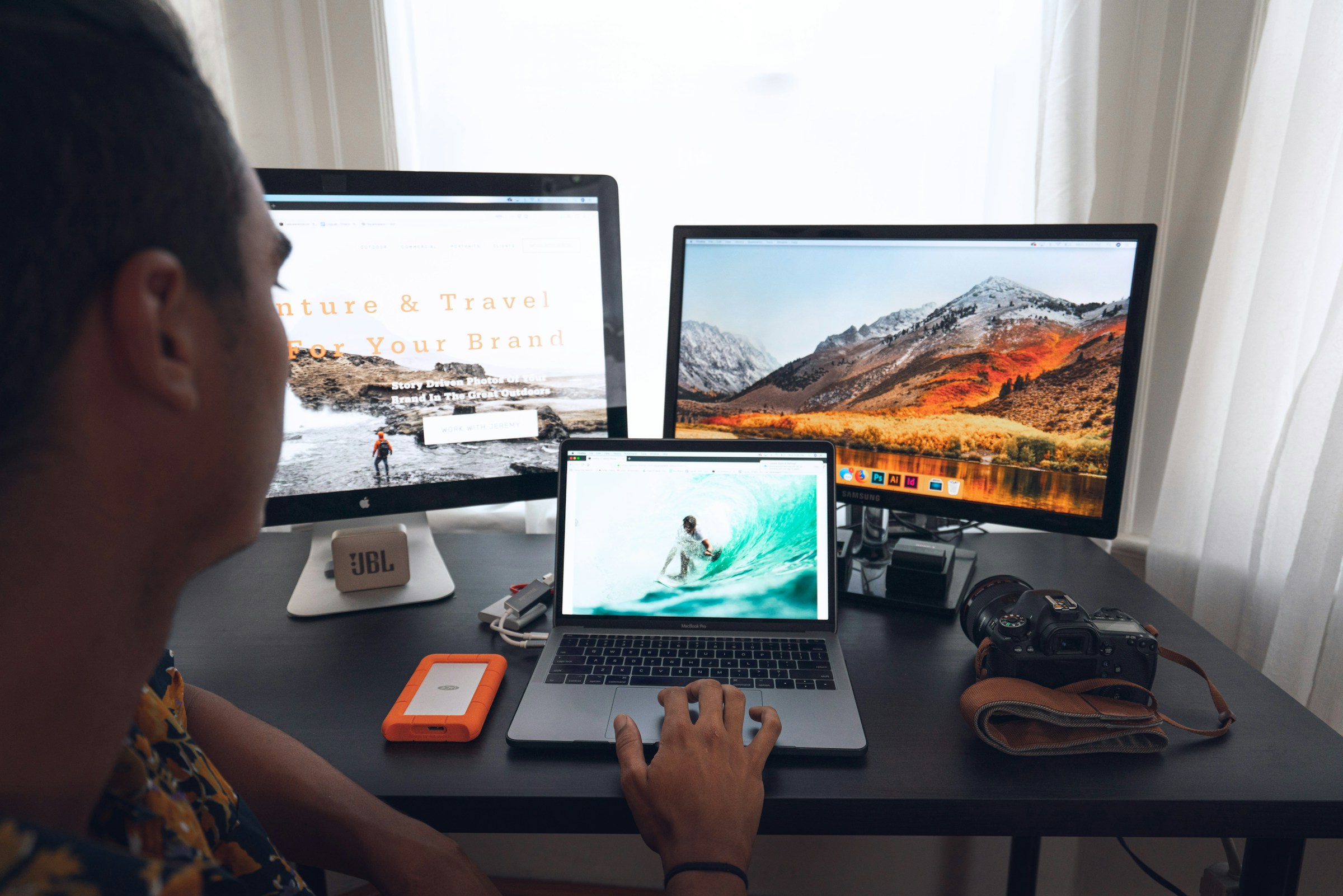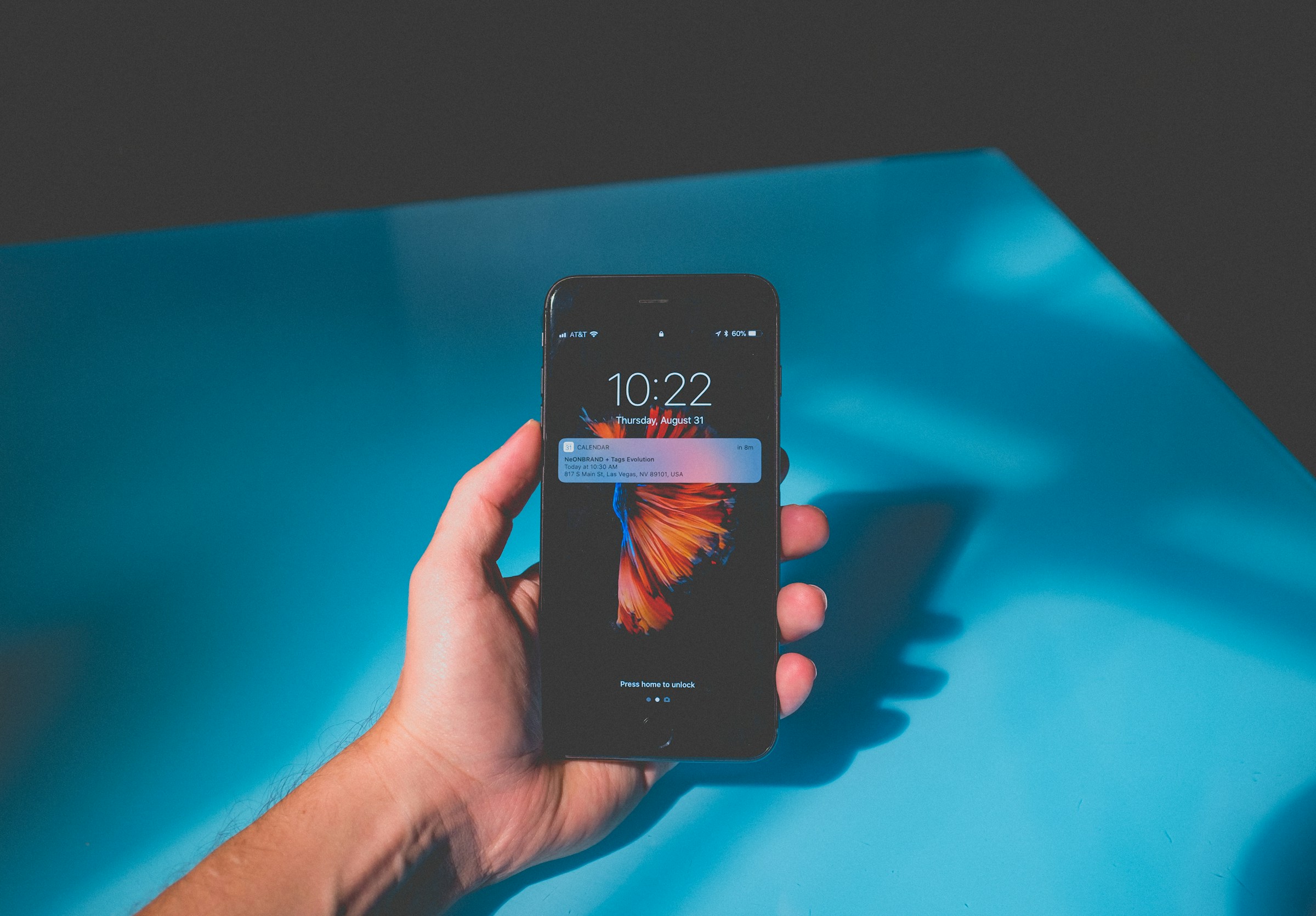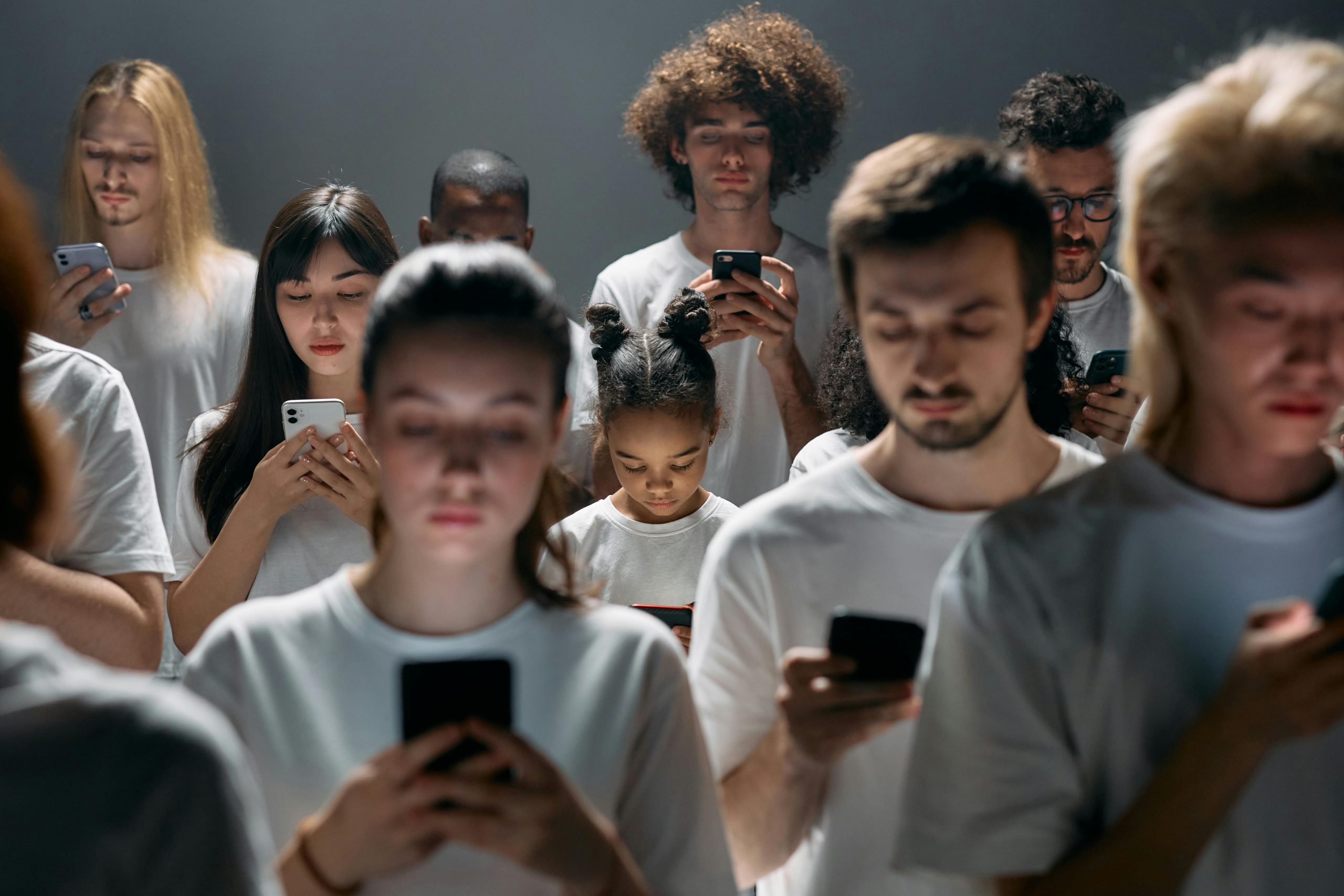Across the world, average screen times are climbing at an alarming rate. Recent estimates indicate that people spend about 6 hours and 40 minutes daily on screens—an increase of over 30 minutes per day since 2013. Worryingly, certain demographics exceed this global average screen time. For instance, Fortune reports that the average American spends 7 hours and 3 minutes daily on devices. On the other hand, other data reveals that Gen Z users can rack up to 9 hours of device use per day.
Unmanaged screen time is contributing to a surge in eye health issues worldwide. In the U.S., reports of digital eye strain are becoming increasingly common among working-age adults. In Australia, healthcare professionals are noting an uptick in dry eye disease among younger patients. Meanwhile, in China, where early-onset myopia is actively monitored, over 80% of teenagers and young adults are now nearsighted.
Below is a closer examination of how excessive screen time is affecting eye health across the globe and explore strategies to mitigate these problems.
Digital eye strain
One of the most prevalent issues linked to prolonged screen time is digital eye strain (DES). According to a study by the American Optometric Association, in the U.S., nearly 70% of office workers experience DES symptoms, compared to 42% of individuals in non-office professions. Also of note, approximately 31.8 million people with high screen time have not undergone an eye test in the past year, and over 55% of these individuals report vision-related issues that could be managed with professional eye care.
Excessive screen time, defined as more than seven hours daily, can have wide-ranging effects. Beyond blurred vision and headaches, it contributes to neck and back pain, sleep disturbances, and decreased productivity, all of which place a financial burden on healthcare systems. Experts like Dr. James Kelly recommend interventions such as blue light-blocking glasses and vision therapy to address these symptoms.
However, the first step is undergoing an eye test to assess eye health and identify solutions. Fortunately, optical provider OPSM has tailored services, such as the Everyday eye test that can be booked online. This basic test checks vision across various distances and provides personalized advice on treatments, including glasses, contact lenses, and sunglasses. For those concerned about deeper eye health issues, the Look Deeper package evaluates conditions such as glaucoma, macular degeneration, and cataracts, providing an invaluable resource for proactive care.
Dry eye disease
Another concerning trend is the increasing prevalence of dry eye disease, particularly in Australia. Previously associated with older adults, this condition is now being diagnosed in children as young as 12 years old. According to Professor Scott Read of the Queensland University of Technology, the rise in adolescent dry eye cases highlights the impact of digital device usage.
Dry eye disease occurs when problems with the tear film—the protective coat over the eye—lead to chronic discomfort and progressive damage. Colin Chan, an ophthalmic surgeon at the University of Sydney, suggests several strategies for combating symptoms. First, getting quality sleep is essential as the eyes may produce less tears after a night of insufficient sleep. During moments when dry eye issues arise, individuals can also use lubricating drops like Biotrue’s Hydration Boost eye drops, known to soothe irritation and relieve dryness. Lifestyle changes such as adopting a diet rich in omega-3 fatty acids, found in foods like salmon and walnuts, can further promote tear production. Incorporating more nutrient-dense foods like leafy greens or fresh juices may also help reduce inflammation and support overall eye health.
Finally, reducing screen time is a proven way to combat dry eye symptoms since concentrating on screens for too long reduces blink rates. For this, individuals can explore tools on social media apps like Instagram’s quiet mode. Once enabled, notifications are muted and certain app functionalities are limited. In turn, users can maintain a more mindful and intentional approach to their digital device usage.

Childhood myopia
While many countries, including the U.S. and Australia, report rising rates of childhood myopia, the problem is more severe in China. Recent data shows that between 76% and 90% of older schoolchildren in China are now myopic, a statistic that highlights the urgent need for intervention.
At first glance, myopia might seem like a minor inconvenience easily corrected with glasses. However, experts warn that the condition can lead to severe vision impairment and even blindness. For children, unaddressed myopia can hinder learning, reduce quality of life, and increase the risk of more severe eye health issues later in life.
In response, the Chinese government has introduced measures to limit screen time among minors. A proposal by the Cyberspace Administration of China would require all mobile devices, apps, and app stores to include a built-in “minor mode.” This feature would restrict daily screen time to a maximum of two hours, depending on the child’s age.
The path forward
As screen time continues to rise globally, the impact on eye health cannot be ignored. From digital eye strain to dry eye disease and childhood myopia, the consequences of excessive device use are becoming increasingly evident.
The good news is that solutions are within reach. Whether through policy changes, like those in China, or individual interventions, such as regular eye tests and adopting healthy habits, it is possible to mitigate the risks. Taking proactive steps today can ensure a healthier, clearer tomorrow for individuals of all ages.
Written by Cole M. Cormier
 logo
logo




